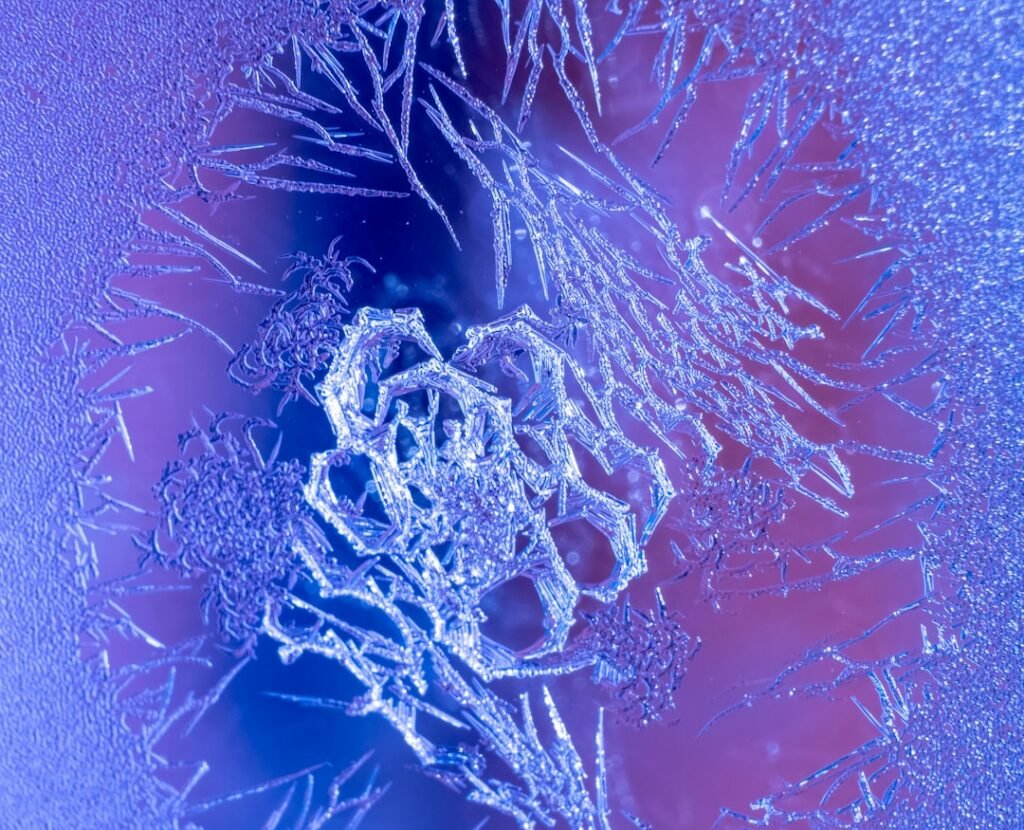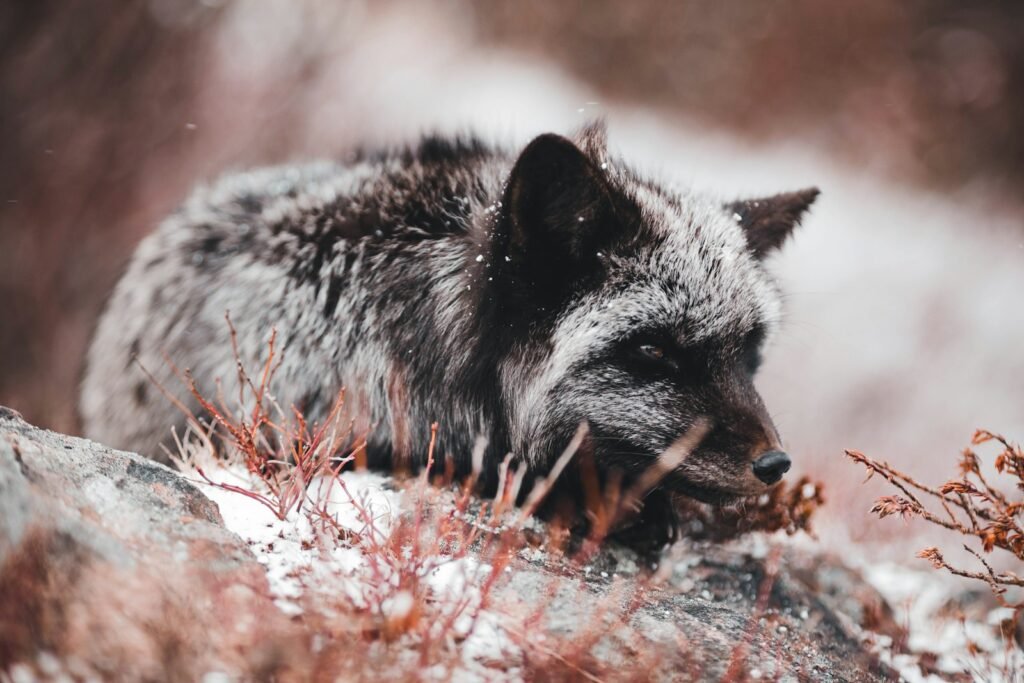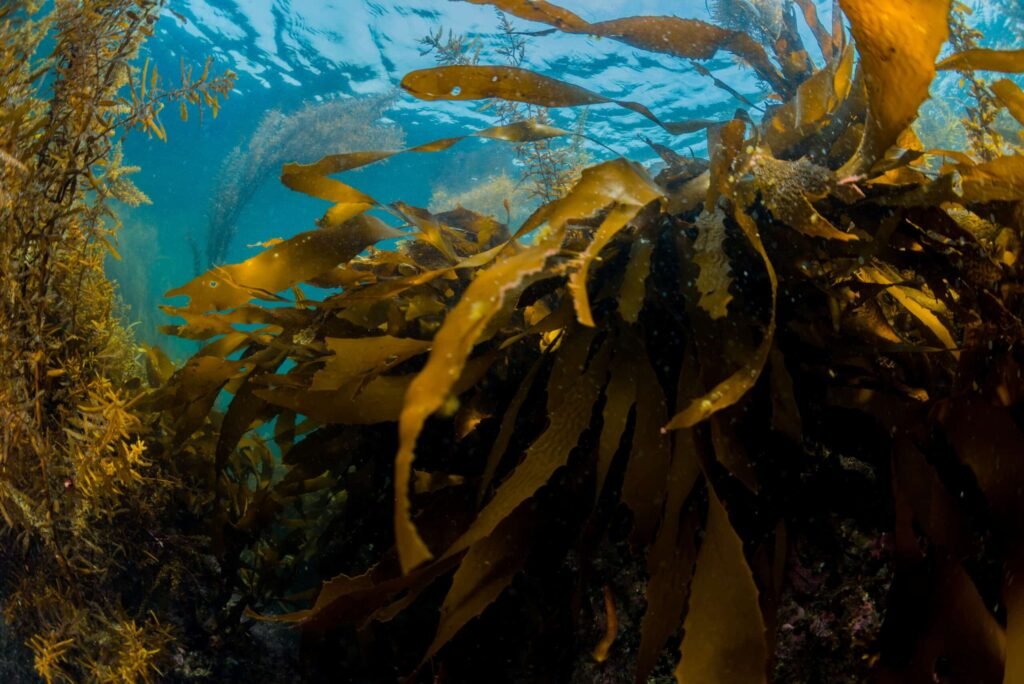Deep beneath Alaska’s frozen ground, a remarkable discovery has shaken the scientific world. Microorganisms that have been dormant for tens of thousands of years are now being awakened from their icy slumber, offering unprecedented insights into how our warming planet might unleash ancient forces from the past.
These microscopic time travelers, preserved ‘s permafrost like biological fossils, are painting a concerning picture of what happens when climate change meets the deep freeze of the Arctic.
The Underground Laboratory Where Time Stands Still

To explore those unknowns, researchers traveled to a one-of-a-kind location, the U.S. Army Corps of Engineers’ Permafrost Tunnel. This unusual research facility extends approximately 1,100 feet into the frozen ground beneath central Alaska. This isn’t your typical research laboratory.
When Caro entered the tunnel, which is about as wide as a mine shaft, he could see the bones of ancient bison and mammoth sticking out from the walls. The first thing you notice when you walk in there is that it smells really bad. It smells like a musty basement that’s been left to sit for way too long. For scientists studying ancient life, however, that musty odor signals something extraordinary.
The tunnel, first excavated in the 1960s, serves as a window into the Ice Age. It contains massive ice wedges, green grass from thousands of years ago and the preserved remains of animals from the Pleistocene Epoch, including bison, mammoths and horses.
Awakening the Ancient Microbes

Scientists have resurrected ancient microbes from permafrost cores of Late-Pleistocene age (up to 40,000 years old) collected from four locations within the Permafrost Research Tunnel near Fairbanks, Alaska. The process sounds like science fiction, but it’s remarkably straightforward. Researchers collect samples from the tunnel walls and transport them to controlled laboratory environments.
Back in the laboratory, they moistened the samples with water that contained heavy hydrogen atoms known as deuterium. They then placed the samples in sealed chambers set to temperatures of 25, 39 or 54 degrees Fahrenheit. These temperatures might seem frigid to us, but for Arctic conditions, they represent the balmy warmth of future summer seasons. The deuterium water serves as a tracer, allowing scientists to monitor exactly how the awakened microbes consume resources and rebuild their cellular structures.
The Slow Dance of Microbial Revival

The group discovered that if you thaw out permafrost, the microbes within will take a while to become active. After a few months, like waking up after a long nap, they begin to form flourishing colonies. The awakening process isn’t immediate or dramatic. Think of it more like trying to rouse someone from an extremely deep sleep.
In the first few months, these colonies grew at a creep, in some cases replacing only about one in every 100,000 cells per day. Under lab conditions, most bacterial colonies completely turn over in the span of a few hours. The contrast is striking. Where modern bacteria might refresh their entire population multiple times daily, these ancient organisms barely stir for months.
By the six-month mark, that all changed. Some bacterial colonies even produced gooey structures called “biofilms” that you can see with the naked eye. These biofilms represent a crucial milestone, indicating that the microbes have not only awakened but are actively organizing into communities.
The Climate Connection

Right now, climate change is speeding up permafrost thaw across Alaska, Siberia, and other northern regions. As this frozen ground melts, all the stuff trapped inside it, including ancient life, starts to shift, break down, and release carbon into the air. This creates what scientists fear might become a devastating feedback loop.
The Arctic warms, the permafrost thaws, permafrost contains CO2 and methane and will produce more CO2 and methane by the activity of microorganisms, which will cause the Arctic to continue to warm. That’s really a concern, this kind of self-amplifying cycle, and we’re starting to see it occur.
The timing of microbial awakening matters more than scientists initially thought. The temperature didn’t seem to affect the speed at which the microorganisms woke up in the experiments, which suggests scientists should be less concerned about brief Arctic hot spells and more concerned about longer, hotter summers that could provide plenty of time for the cells to awaken.
Alaska’s Permafrost Landscape

Permafrost lurks beneath roughly 85 percent of Alaska’s land area, for instance. This frozen ground isn’t just dirt and ice. Permafrost is not just frozen dirt: it’s a deep freezer for ancient life, containing plant remains, animal bones, and trillions of microbes that have been preserved in place since the Ice Age.
The scale of what lies beneath Alaska’s surface is staggering. Climate change is dramatically affecting permafrost, a loose conglomerate of rock, soil, plant matter, ice and microbes, with a thin top layer that melts and refreezes seasonally; it covers about 25 percent of the Northern Hemisphere’s land surface. Scientists estimate that roughly twice as much carbon is stored in permafrost as currently exists in our entire atmosphere.
The Science Behind Survival

How do microorganisms survive being frozen for millennia? Because of the deuterium they added to the samples, the researchers were also able to track how much water the microbes consumed to build the fatty membranes around their cells. Glycolipids seem to have played “a key physiological role” in helping them survive dark, freezing conditions for millennia, per the paper.
These special fatty compounds act like cellular antifreeze, protecting the microbes’ essential structures during their long hibernation. The research reveals that these ancient organisms developed sophisticated survival mechanisms that allowed them to essentially pause their biological clocks for tens of thousands of years. Once thawed, they can resume normal metabolic processes as if awakening from a very long nap.
The deuterium tracer technique provides unprecedented insight into how these cellular machines restart after such extended dormancy. Scientists can now observe in real-time how ancient microbes rebuild their membranes and recommence the basic processes of life.
Safety Concerns and Precautions

Some people would wonder, is this safe to bring these microbes back to life? It sort of sounds like the plot to a movie or something. The concern is understandable, but researchers emphasize multiple safety factors. At least in terms of the lab experiments, we take back just a tiny portion of permafrost, back to the lab, and thaw it under extremely controlled conditions in bottles. Compared to the quantity of permafrost that is naturally thawing in the cold regions and naturally interacting with humans and animals and plants, this tiny – imagine a mason jar’s worth of permafrost that we’ve thawed – is not even a drop in the bucket.
Environmental microbiologists follow strict protocols when handling any soil samples, whether ancient or modern. The laboratory work represents a controlled version of what’s already happening naturally across millions of square miles of thawing permafrost. None of the bacteria in carnobacterium genus are known to be pathogenic in humans, although some are known for spoiling chilled food products, and one species may cause disease in fish.
Still, scientists acknowledge the potential for unknown risks as permafrost continues thawing globally. The controlled laboratory studies help researchers understand what might emerge as climate warming accelerates natural permafrost melt across the Arctic.
Global Implications for Climate Change

Now, researchers have successfully “reawakened” the tiny creatures, raising concerns about how those microbes could increase greenhouse gas emissions in a warming Arctic. The implications extend far beyond Alaska. The Arctic is warming four times as fast as the global average.
This accelerated heating is causing rapid permafrost thaw, with some studies projecting that up to two-thirds of near-surface permafrost could disappear by the end of the century. As permafrost melts, it releases large quantities of methane and carbon dioxide – potent greenhouse gases that amplify global warming.
The carbon storage in permafrost represents one of Earth’s largest reservoirs. Scientists estimate that the world’s frozen soils hold about 1,500 billion tons of carbon, nearly twice the amount currently present in the atmosphere. The reactivation of microbes capable of breaking down ancient organic material could further intensify this cycle, transforming permafrost from a carbon sink into a significant carbon source.
This research provides critical data for climate models trying to predict future warming scenarios. Understanding the timeline of microbial awakening helps scientists better estimate how quickly and dramatically permafrost thaw might accelerate global climate change.
Conclusion

The discovery of viable ancient microorganisms ‘s permafrost reveals both the remarkable resilience of life and the complex challenges posed by our changing climate. These microscopic survivors, awakening after tens of thousands of years in frozen suspension, serve as living reminders of Earth’s deep history while simultaneously pointing toward an uncertain climatic future.
The research conducted ‘s permafrost tunnel provides crucial insights into one of climate science’s biggest unknowns. As the Arctic continues warming at an unprecedented pace, understanding how these ancient ecosystems respond becomes increasingly vital for predicting and preparing for global environmental changes ahead.
What fascinates you most about these ancient microbes – their incredible ability to survive frozen for millennia, or the role they might play in shaping our planet’s future climate? Share your thoughts in the comments below.




